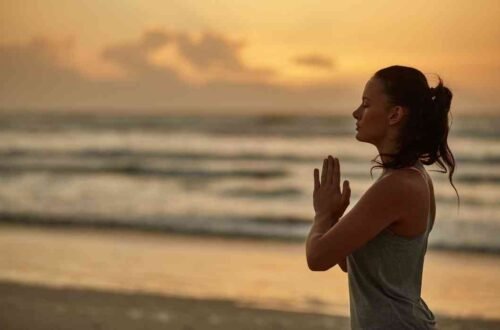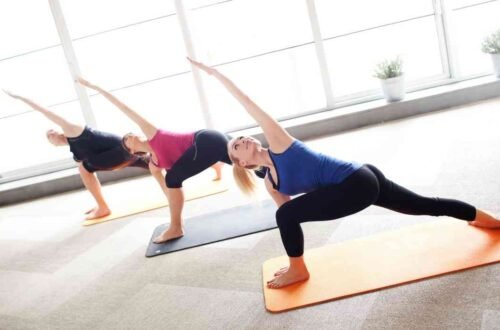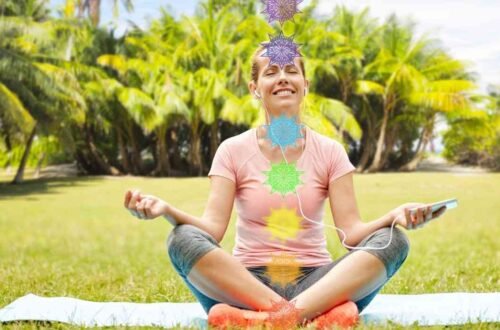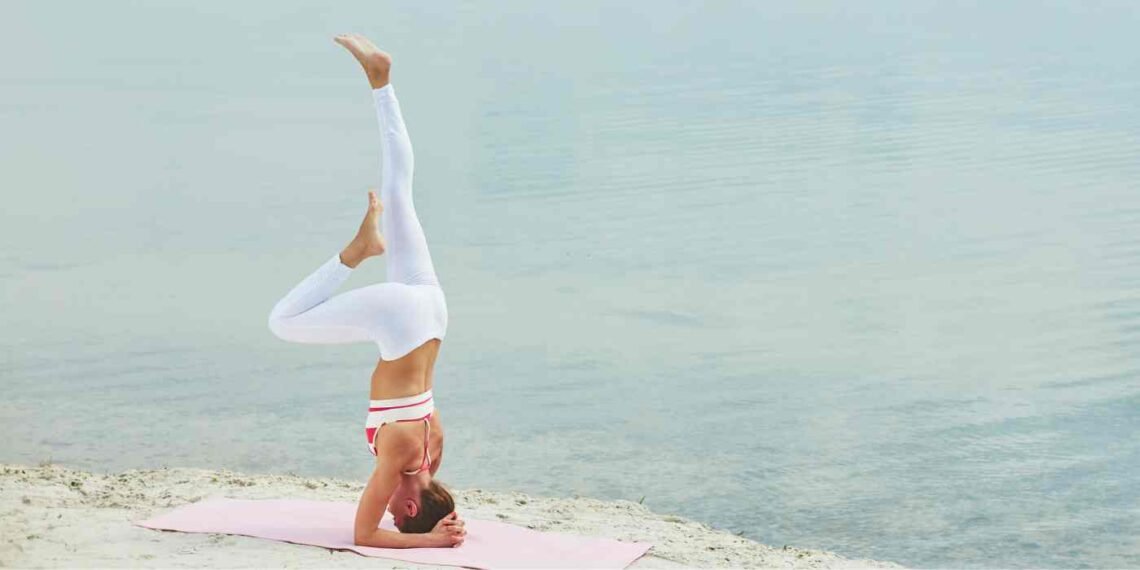
What is the King of All Yoga Poses Called? Discover the Powerful Sirsasana!
When people start learning yoga, they often hear about something called the “king of all yoga poses.” But what does that really mean? Which yoga pose gets such an important and royal title? In this blog post, we will dive deep into the answer, explain it in the simplest way possible, and explore why this pose is considered the most powerful in the world of yoga.
What is the King of All Yoga Poses?
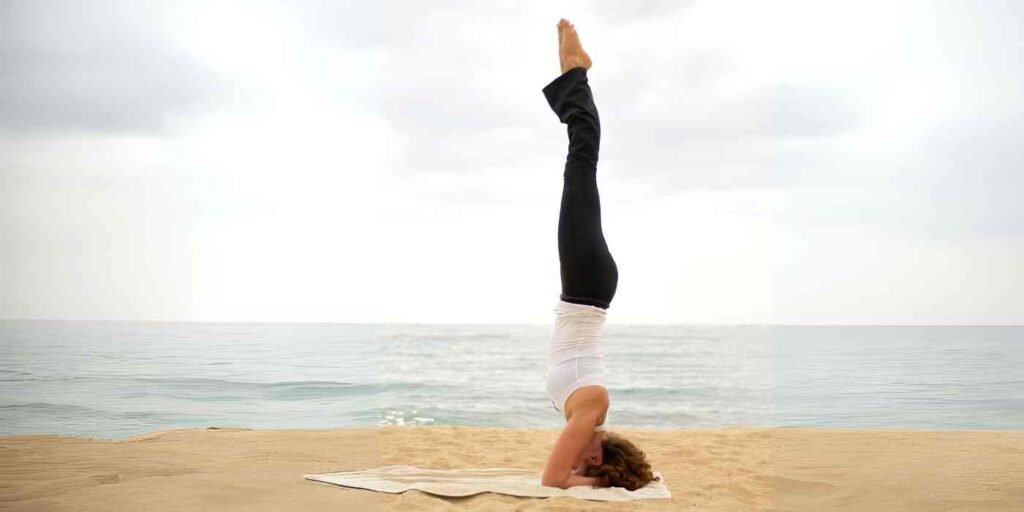
The king of all yoga poses is called Sirsasana, which is also known as the headstand pose. In this pose, a person balances their whole body upside down on their head, with their legs pointing straight up toward the sky. It looks difficult, but with practice, anyone can learn it safely.
Sirsasana is not just about flipping upside down. It is called the “king” because it gives so many benefits to your body and mind. Just like a king takes care of a kingdom, this pose takes care of your entire body in many amazing ways.
Why is Sirsasana Called the King of All Yoga Poses?
There are many reasons why yoga teachers and experts call Sirsasana the king of all yoga poses. First, it boosts blood flow to the brain, which can help make you feel sharper, more focused, and even happier. Since you are upside down, gravity helps blood reach areas that usually do not get as much.
Second, it strengthens your muscles. When you hold yourself up in a headstand, you are using your arms, shoulders, core (which means your stomach and back muscles), and even your legs. This makes your whole body stronger over time.

Third, it builds confidence. Being able to balance on your head is a huge achievement! It teaches patience, persistence, and bravery. Many people feel very proud once they learn to do Sirsasana properly.
Benefits of the King of All Yoga Poses
1. Improves Blood Circulation
When you do Sirsasana, you are giving your heart a little rest. Instead of pumping hard to send blood upward to your brain, gravity does the job for you. This can improve the amount of oxygen your brain gets, making you feel more awake and energetic.
Better blood flow also means your skin can glow more. Some people even call it a “natural face-lift” because it may help your face look fresh and young.
2. Strengthens Core Muscles
Your core muscles are like the central pillars of a tall building. They hold you upright and steady. When you balance on your head, your belly, back, and sides must work very hard to keep you straight.
With regular practice, these muscles get stronger. A strong core not only helps in yoga but also makes everyday activities like running, jumping, and even sitting easier and healthier.
3. Boosts Mental Health
Doing a headstand can make you feel very calm. When you stay upside down and breathe slowly, it can help lower feelings of stress and worry.
Sirsasana is known to help fight mild depression and sadness. It brings more energy to the mind and can make you feel more positive and balanced inside.
4. Increases Focus and Patience
You cannot do a headstand if your mind is running all over the place. You need to focus, stay calm, and be very patient with yourself.
Learning to master this pose teaches you to be steady, focused, and calm. These skills can help you not just in yoga, but also in school, work, and life.
5. Improves Balance and Body Awareness
When you first try Sirsasana, you might wobble or even fall (with safe support!). That’s okay. Over time, you learn how your body feels in different positions.
You start to understand how to shift your weight and how to correct yourself if you start tipping over. This increases something called “body awareness,” which helps you move more gracefully and avoid injuries.
6. Stimulates the Lymphatic System
The lymphatic system is like the body’s cleaning crew. It removes waste, fights infections, and keeps you healthy.
When you flip upside down, the lymph fluid moves more easily. This helps clean out the body more efficiently and boosts your immune system.
How to Prepare for the King Pose
You should never rush into doing a headstand without preparation. Your neck, back, shoulders, and arms need to be strong first.
Here are simple steps you can take:
- Build Upper Body Strength: Practice poses like Dolphin Pose, Downward Dog, and Plank to make your arms and shoulders strong.
- Strengthen Your Core: Do poses like Boat Pose and simple sit-ups to tighten your core muscles.
- Learn Wall Support First: In the beginning, you can practice near a wall so you do not fall backward.
- Focus on Alignment: Make sure your elbows, head, and shoulders are in the right place to avoid injuries.
Always warm up before trying a headstand and listen to your body carefully.
Step-by-Step Guide to Doing Sirsasana
1: Start by kneeling down and placing your forearms on the ground, making a triangle shape.
2: Interlock your fingers and place the top of your head gently into your hands.
3: Tuck your toes and slowly lift your knees off the ground.
4: Walk your feet closer toward your head, making your body more upright.
5: When you feel steady, lift one leg up, then the other, keeping your knees bent.
6: Slowly straighten your legs upward toward the ceiling.
7: Hold the pose for a few seconds in the beginning, then slowly increase the time as you get stronger.
Always come down slowly and carefully to avoid hurting your neck.
Common Mistakes to Avoid
- Putting too much weight on the head: Most of your weight should be on your arms, not your head.
- Not using your core: Without a strong core, it’s hard to balance.
- Trying too soon: If your shoulders and core are not ready, you can get hurt. Take your time.
- Holding your breath: Always breathe slowly and steadily.
By avoiding these mistakes, you can safely enjoy the wonderful benefits of Sirsasana.
Who Should Not Do Sirsasana?
While the headstand has many benefits, it is not for everyone. Some people should avoid it or ask a yoga teacher or doctor first.
If you have neck pain, back injuries, very high blood pressure, or eye problems like glaucoma, you should be very careful. Pregnant women should also not do a headstand unless they are very experienced and have a teacher’s advice.
Always remember: safety first. Yoga is about helping your body, not hurting it.
Tips for Beginners
- Take it Slow: Start with small goals, like just lifting one foot off the ground.
- Use Props: A yoga wall, cushions, or a partner can help you feel more secure.
- Practice Regularly: Try a few minutes every day instead of a long time once in a while.
- Stay Positive: It’s okay if you fall or wobble. Every try makes you better.
- Get a Teacher: A good yoga teacher can guide you safely.
Consistency and patience are the secret ingredients to mastering the king of all yoga poses.
Sirsasana, the king of all yoga poses, is not just about balancing upside down. It teaches you about strength, patience, courage, and focus. It brings amazing benefits to your body and mind, making you stronger, calmer, and healthier.
Remember, every great yoga master was once a beginner who fell many times. With regular practice, care, and a smile on your face, you can master the king pose too.
Start slowly, respect your body, and enjoy the beautiful journey of yoga.



